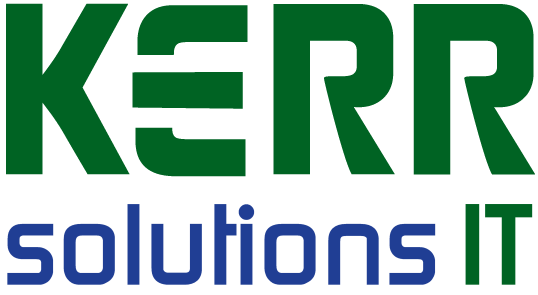Boost Space for Windows Upgrade
This week we have been flat out with Windows 10 upgrades and they have all gone well. We have even managed to get Windows 10 onto some much older computers with a few special tweaks. One PC in particular was about 6 years old and had been running Windows 7. Sure it was due for replacement however the owner had always run it on a UPS so we knew the hardware was still intact.
The owner didn’t want to spend money on replacement as this PC only performed very limited tasks but he still wanted to take advantage of the free licence upgrade to Windows 10 and get some of the advantages of running the latest operating system. To give you some idea the PC only had 2GB of ram, a 250GB hard drive and had a dual core Intel CPU with a benchmark around 1000 – not a speed machine by anyone’s terms.
We have a lot of older DDR2 ram still in stock so we tried to upgrade the memory to at least 4GB however there were compatibility issues so we had to leave it with only 2GB. Windows 10 has a more graphical interface than Windows 7 so after the upgrade we could only get a maximum screen resolution of 640 x 480 which looked terrible. There was simply not enough memory to display a better resolution and the PC also ran ultra-slow.

I came up the idea of trying ReadyBoost which is an option that Microsoft released back in the Windows XP day of using a USB memory stick permanently plugged in and configured as a system memory device. We were all amazed at the results with screen resolution now going to the full 1080p and the PC responding at literally 5 time the previous speed.
So what is ReadyBoost all about? Before I go any further I must point out that if you have a more modern PC with 4GB of ram or more then ReadyBoost will not be of any use and could potentially slow your PC down. However if you have an older PC or even a modern budget PC or laptop that only has 2GB of ram then this can give a huge performance increase for the cost of a good quality USB memory stick.
If this is the situation you find yourself in then go out and buy a good quality 8GB USB key. If you look for a USB 2.0 or better still a USB 3.0 model it should have good internal transfer speeds even if only used on a USB 2.0 port. Most of the PC’s we are talking about here will have USB 2.0 ports however if you have a modern budget laptop or desktop then you may even have a blue coloured USB 3.0 port which would be the best one to use.
Next insert the USB memory stick, wait for it to be recognised and make sure you don’t have any data on it as it is about to get wiped. Then open up Computer and right click on the USB stick to select Format setting the File System to NTFS. Give it a label of ReadyBoost and start the format. Next right click on it again but this time select Properties and you will have a ReadyBoost tab. Now use the option to Dedicate this device to ReadyBoost and apply. You will now need to restart your PC.
When your PC boots back up you could find it running way faster and being much more useable than it was previously. Just be mindful that now you need to always have this USB memory stick plugged into this same port before you turn on the PC. This can be a bit of a limitation on a laptop with limited USB ports but is still a small price to pay for the potential gains.
Future Byte Me topics can be emailed to [email protected] and Bruce is contactable at Kerr Solutions, 205 Musgrave Street or on 49 222 400.
For more advice and assistance from Kerr Solutions, like and follow us on Facebook
